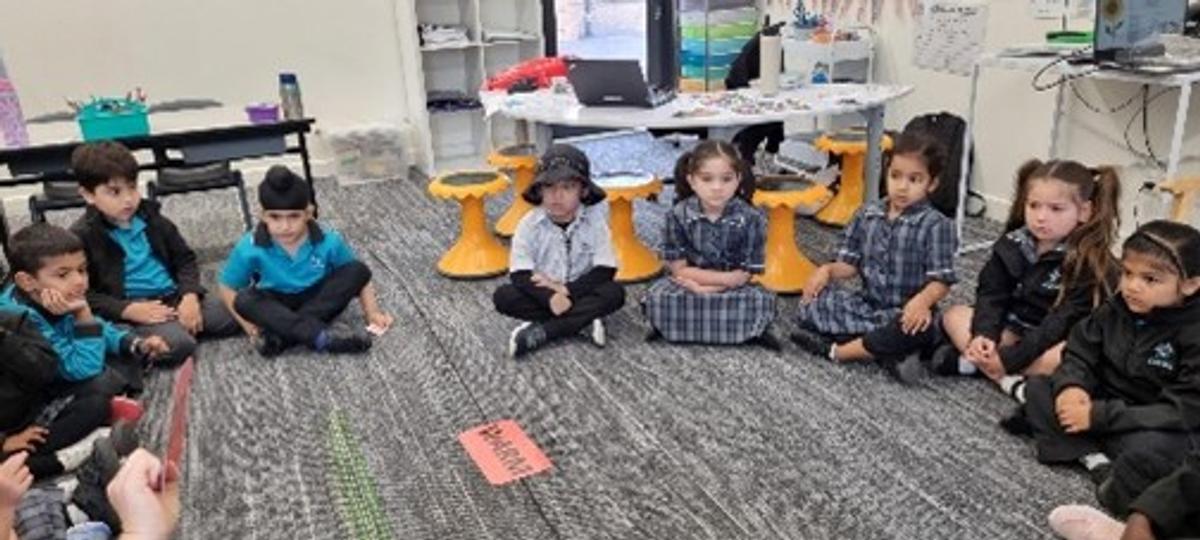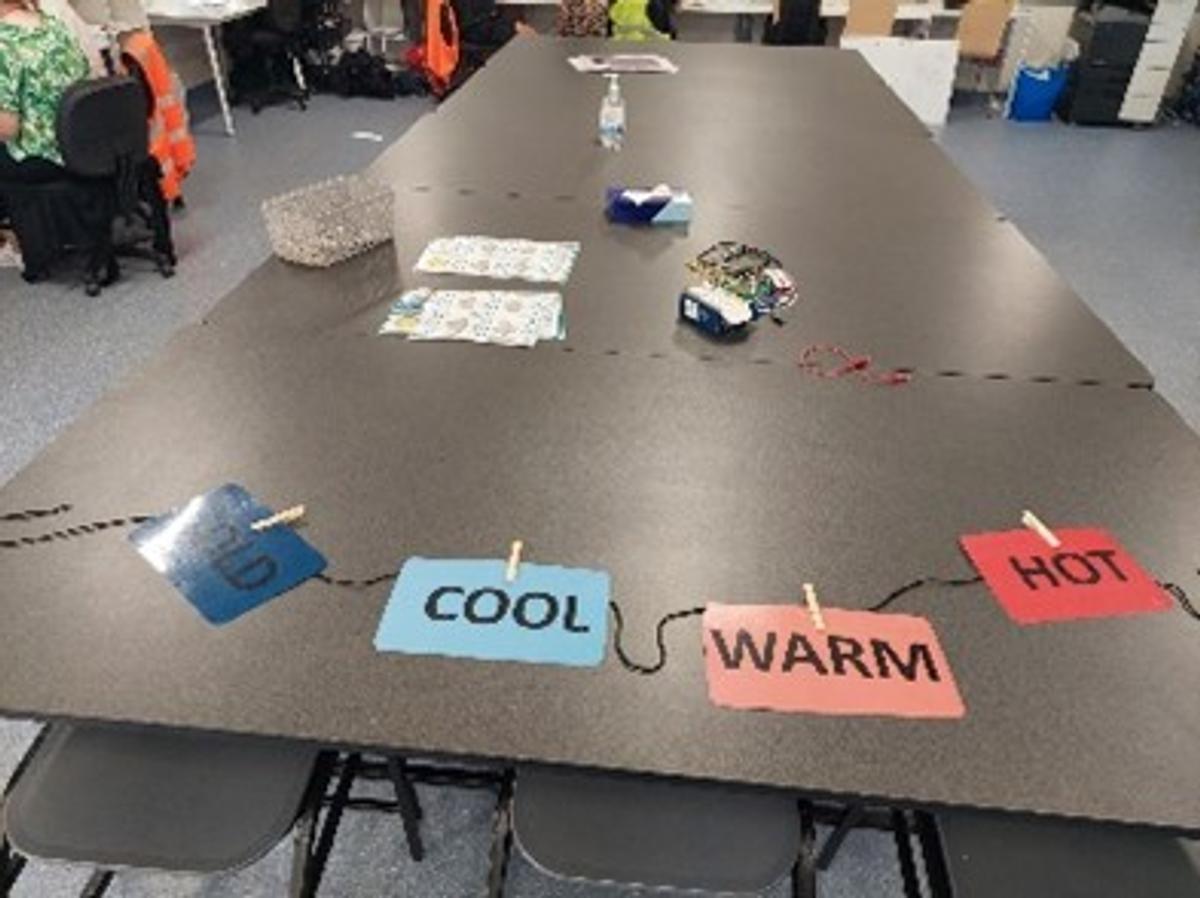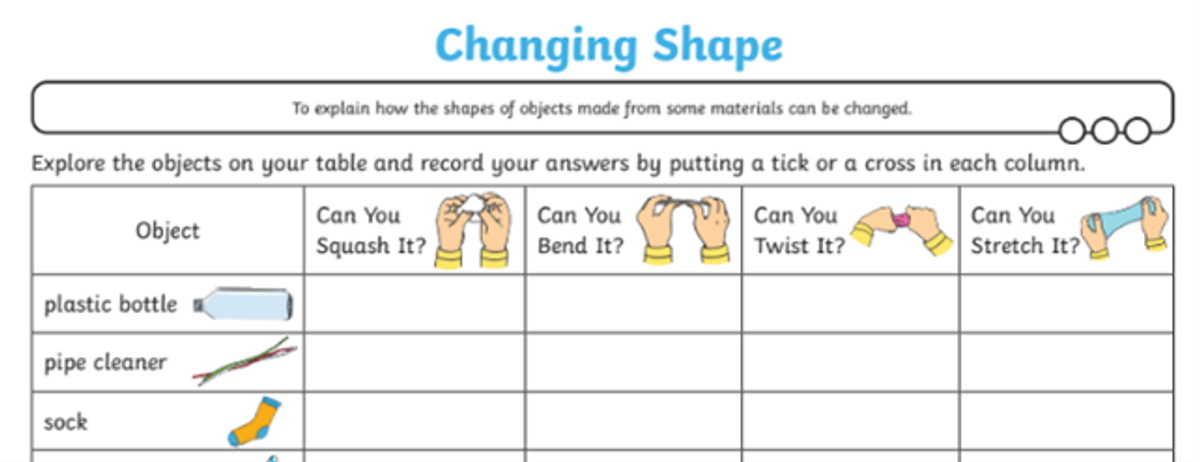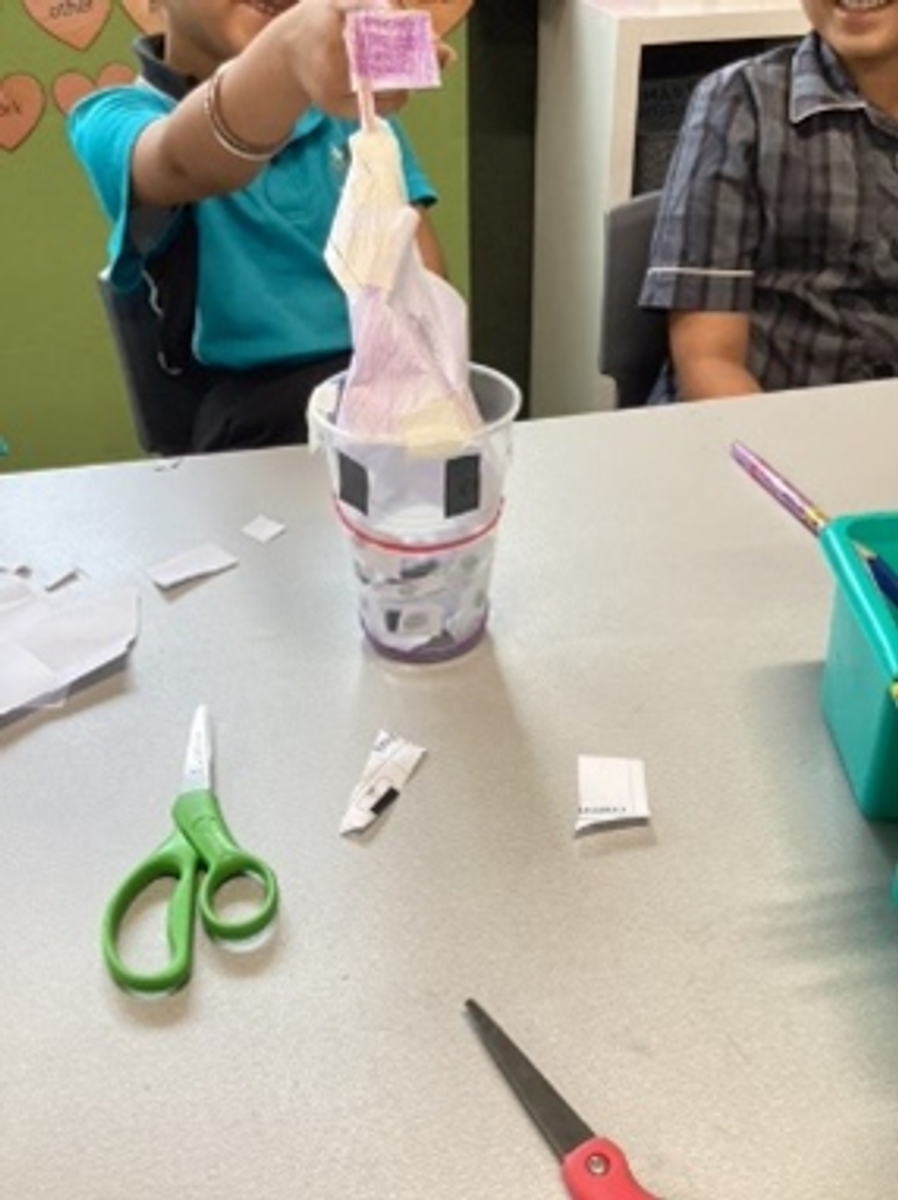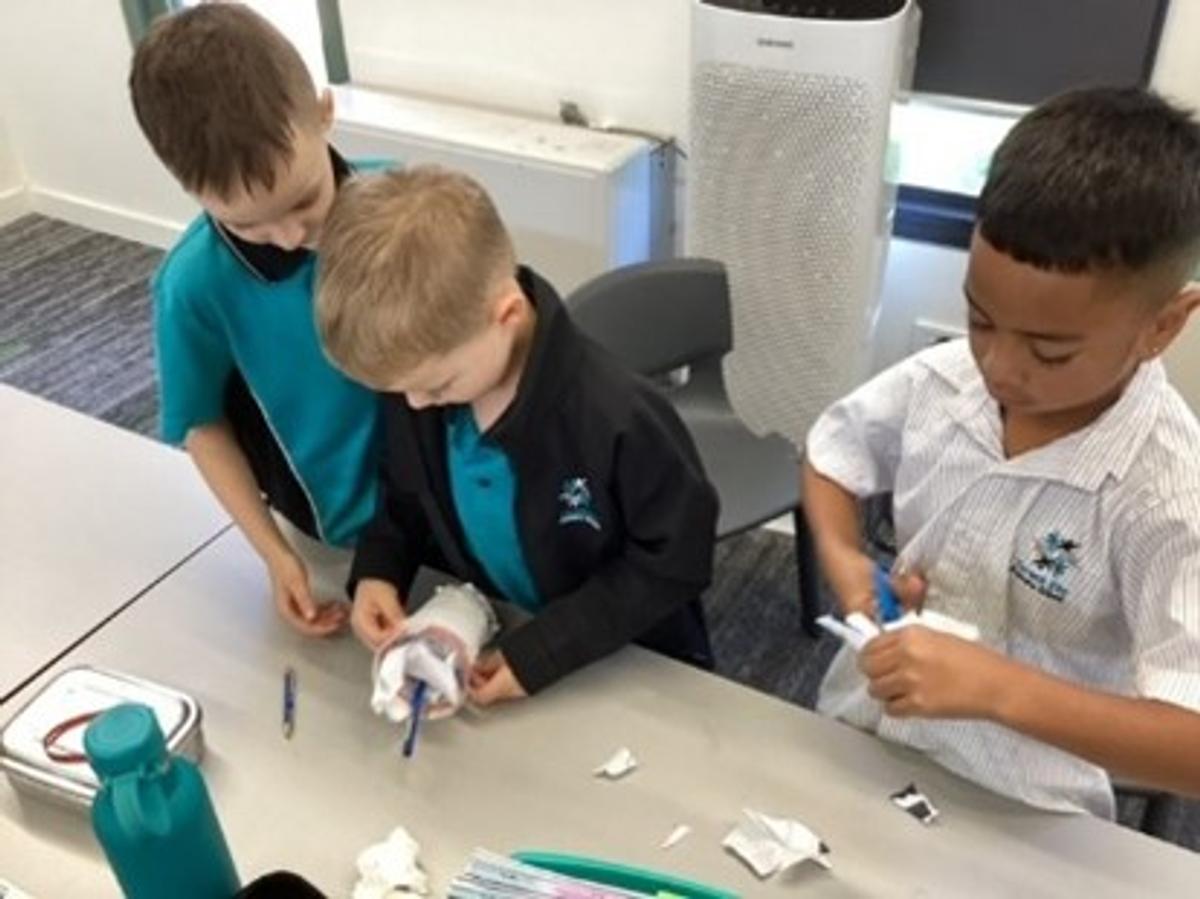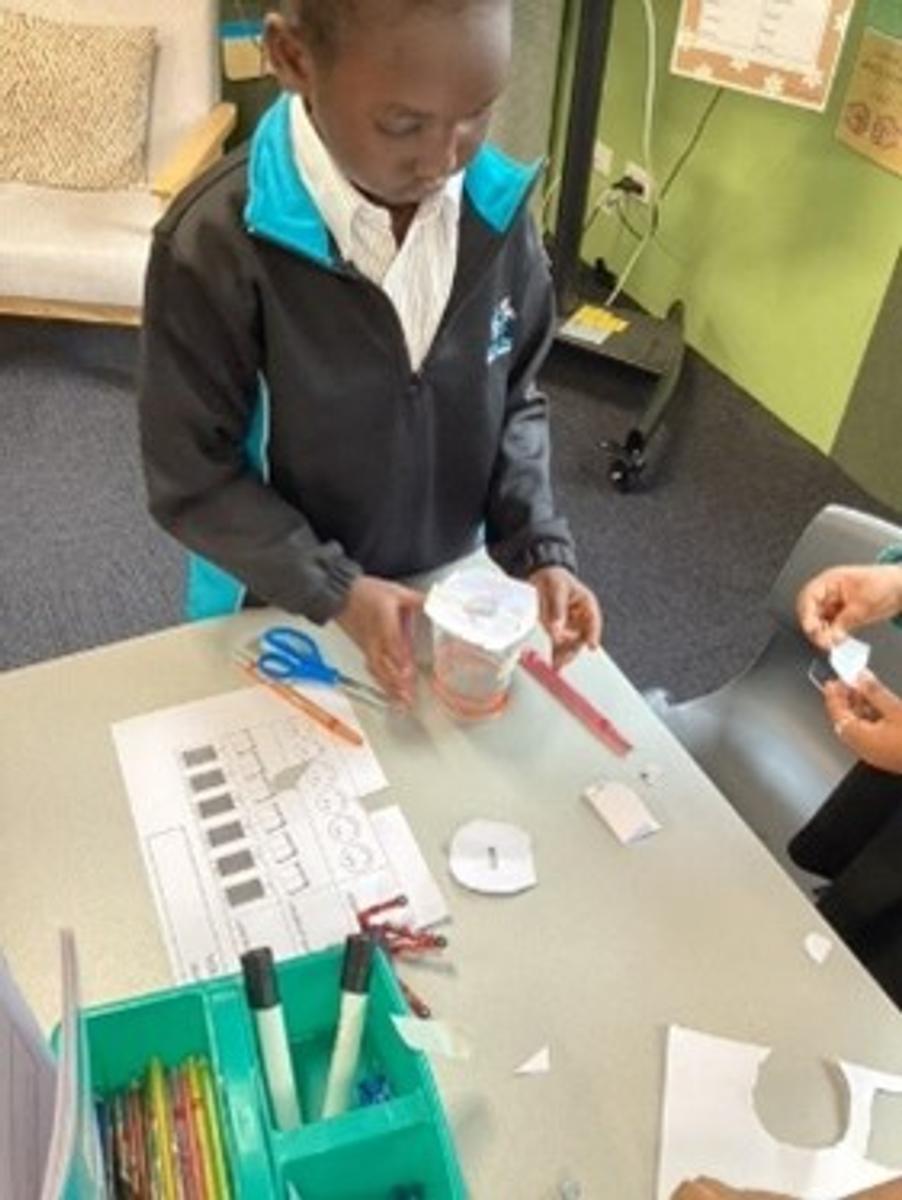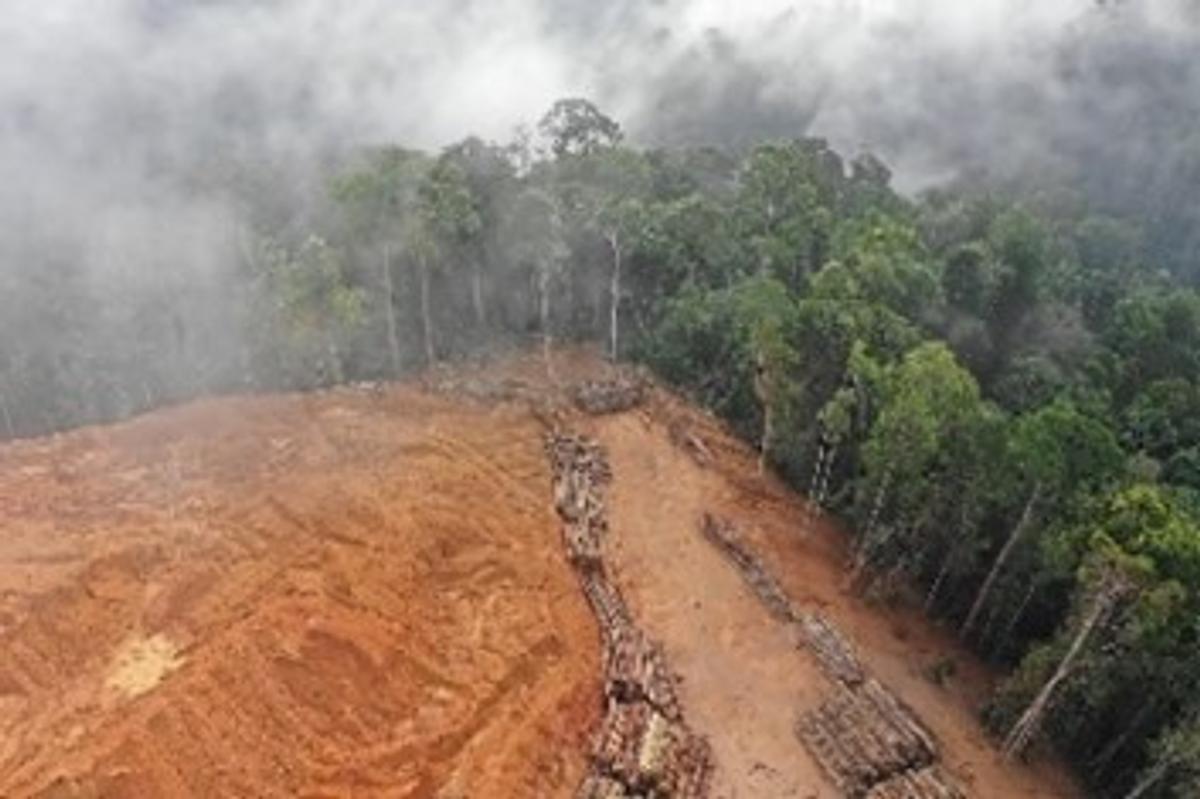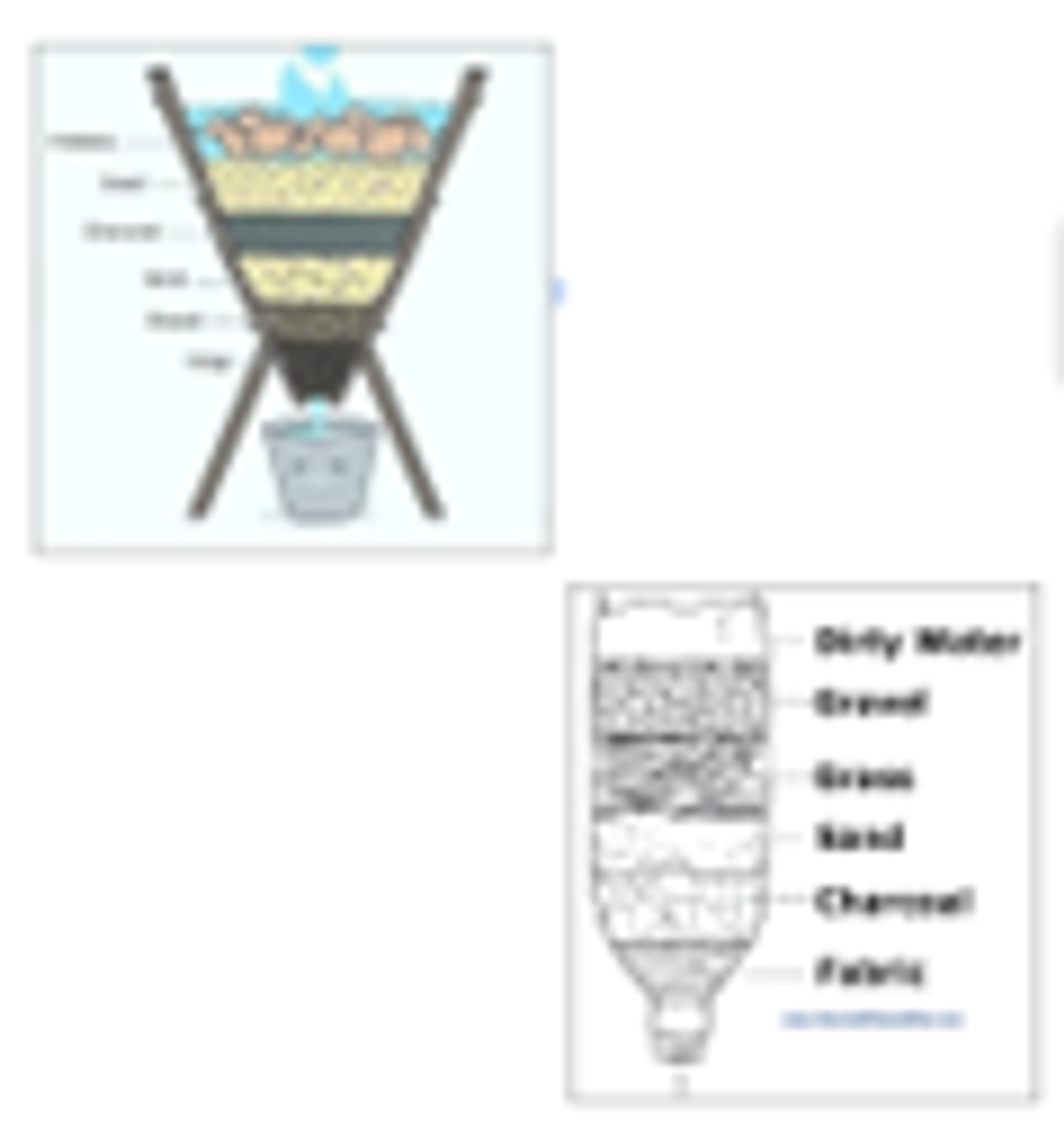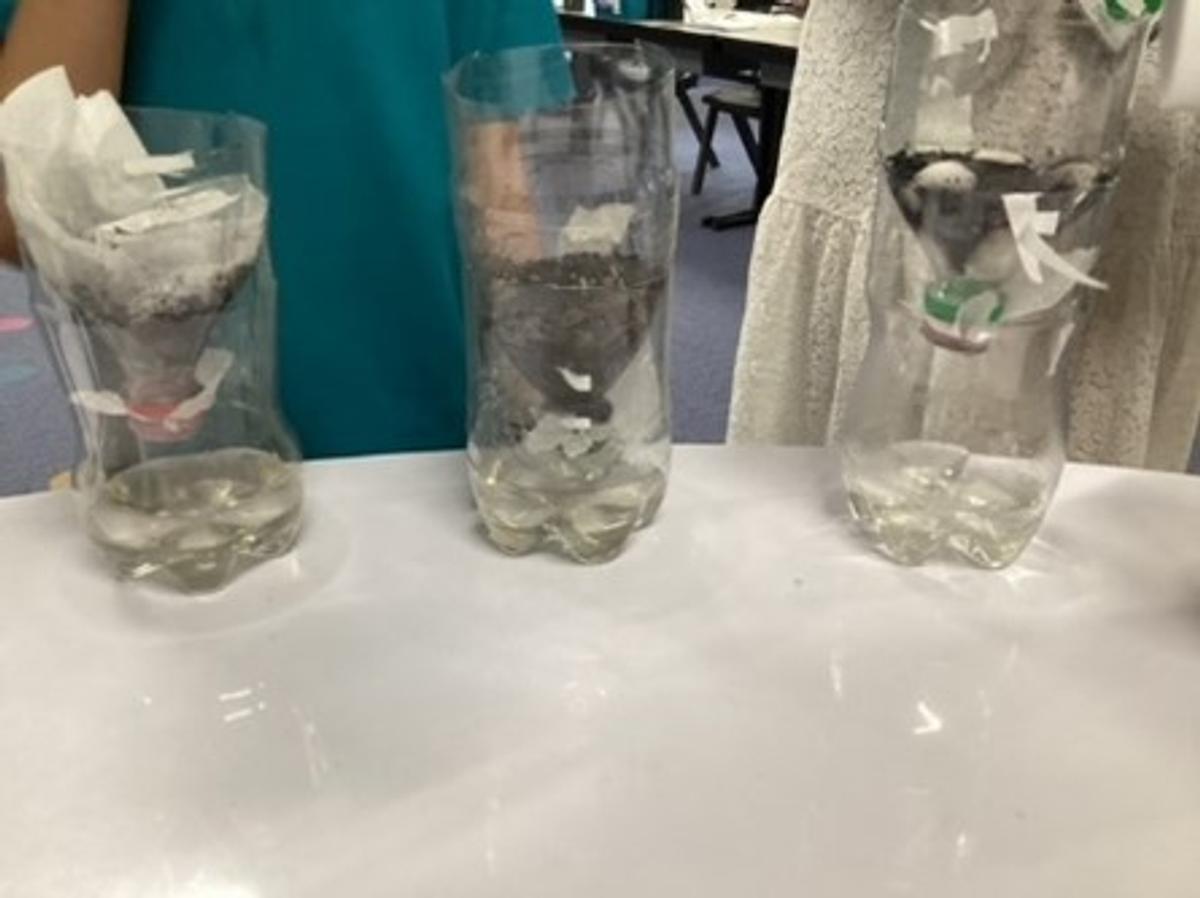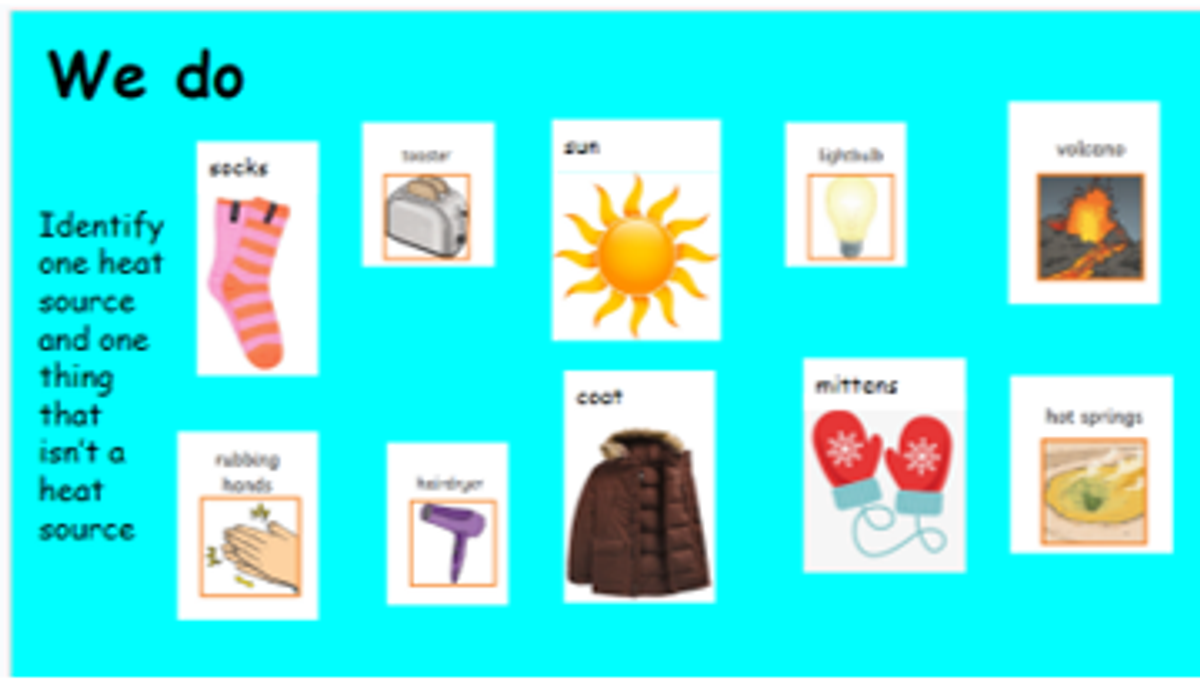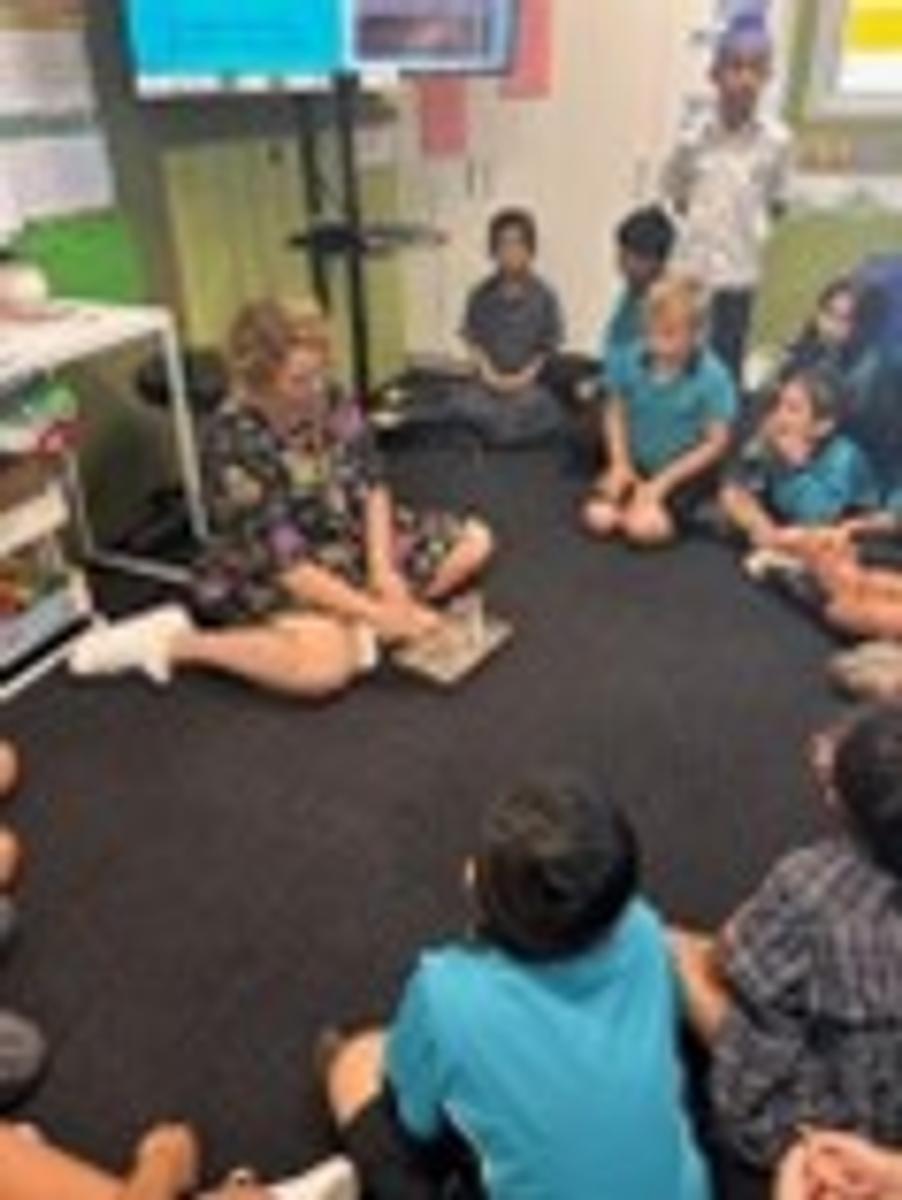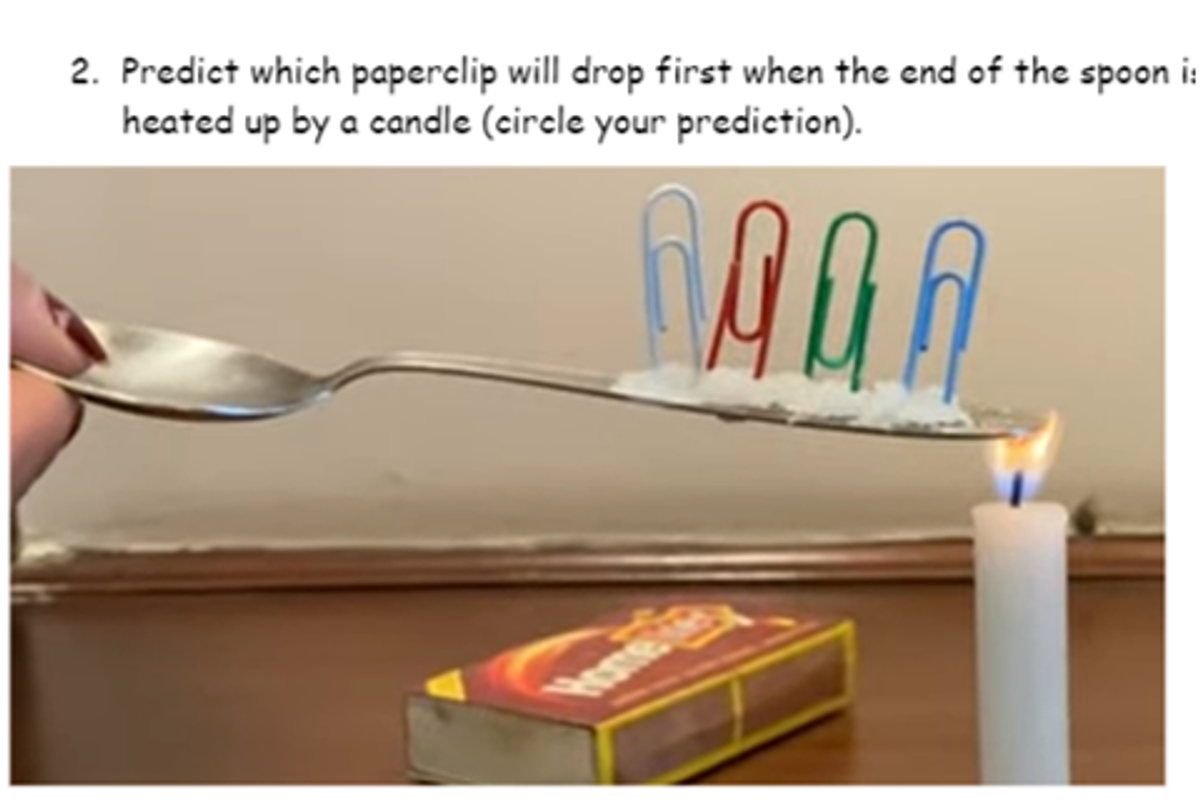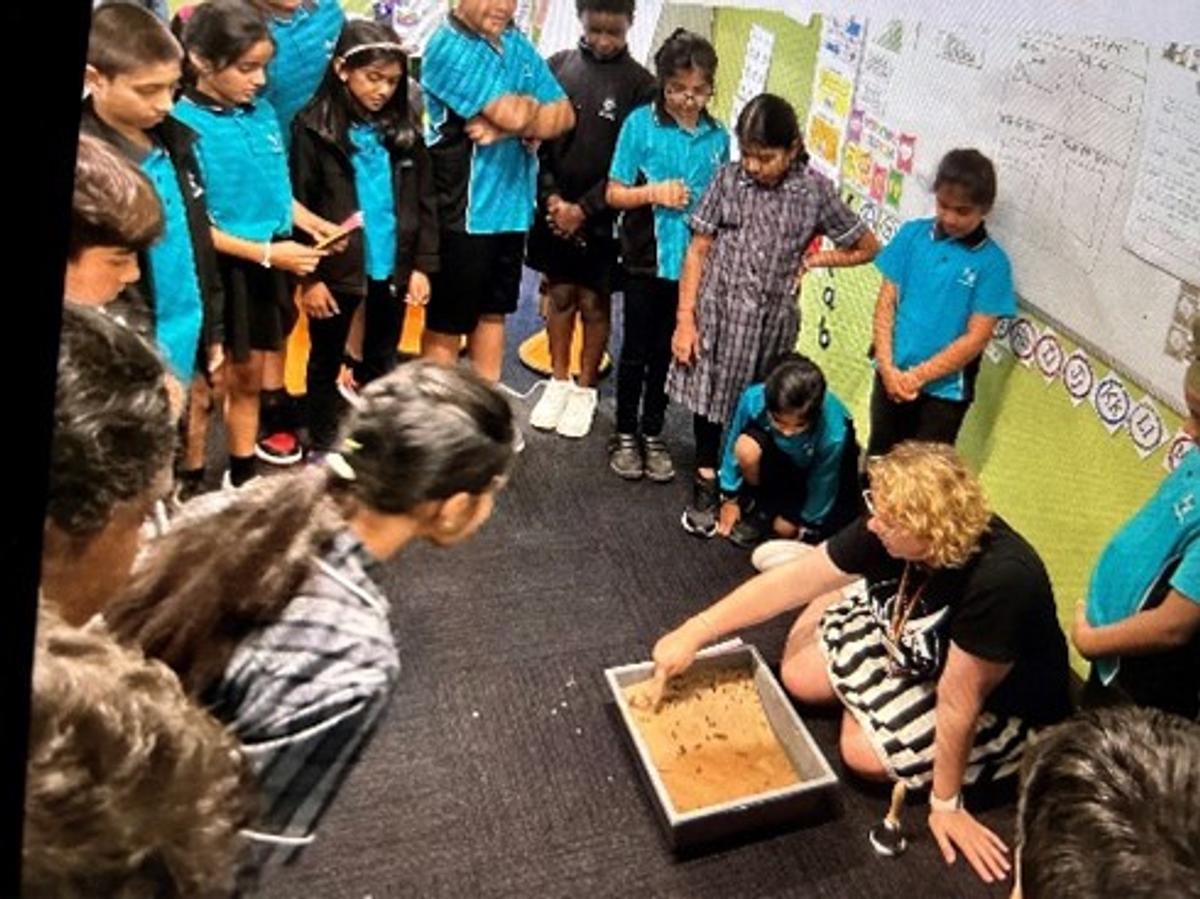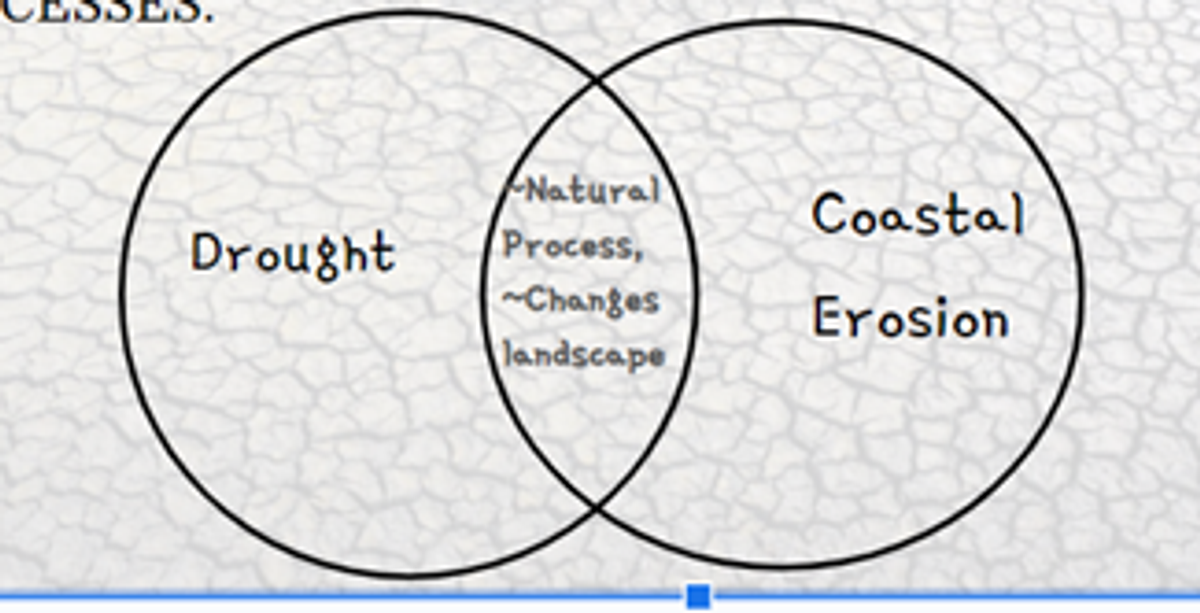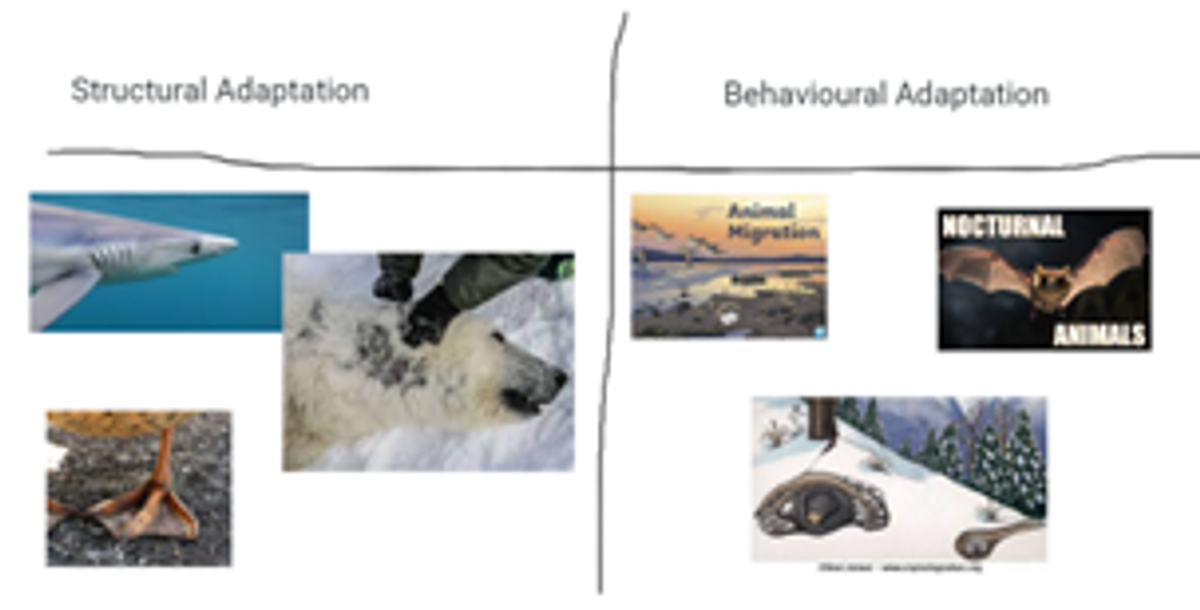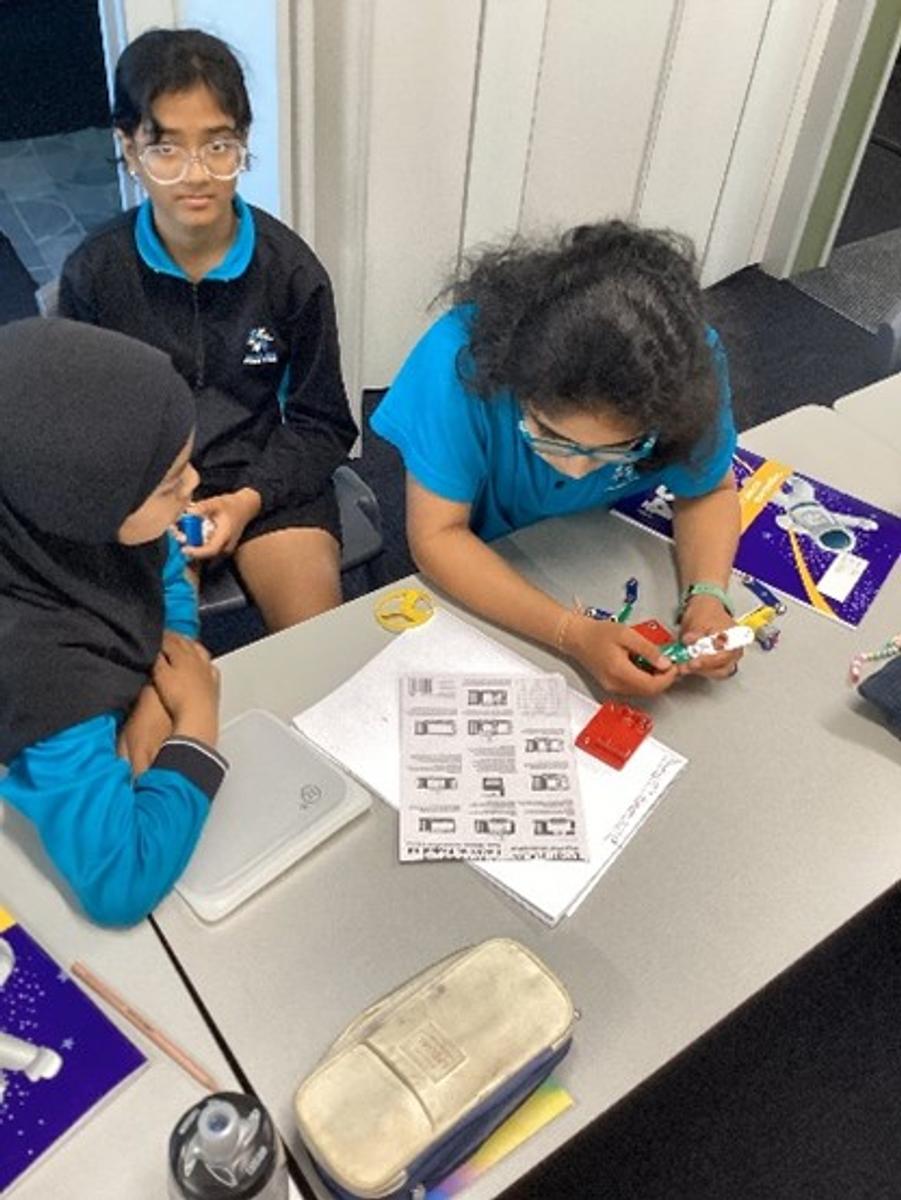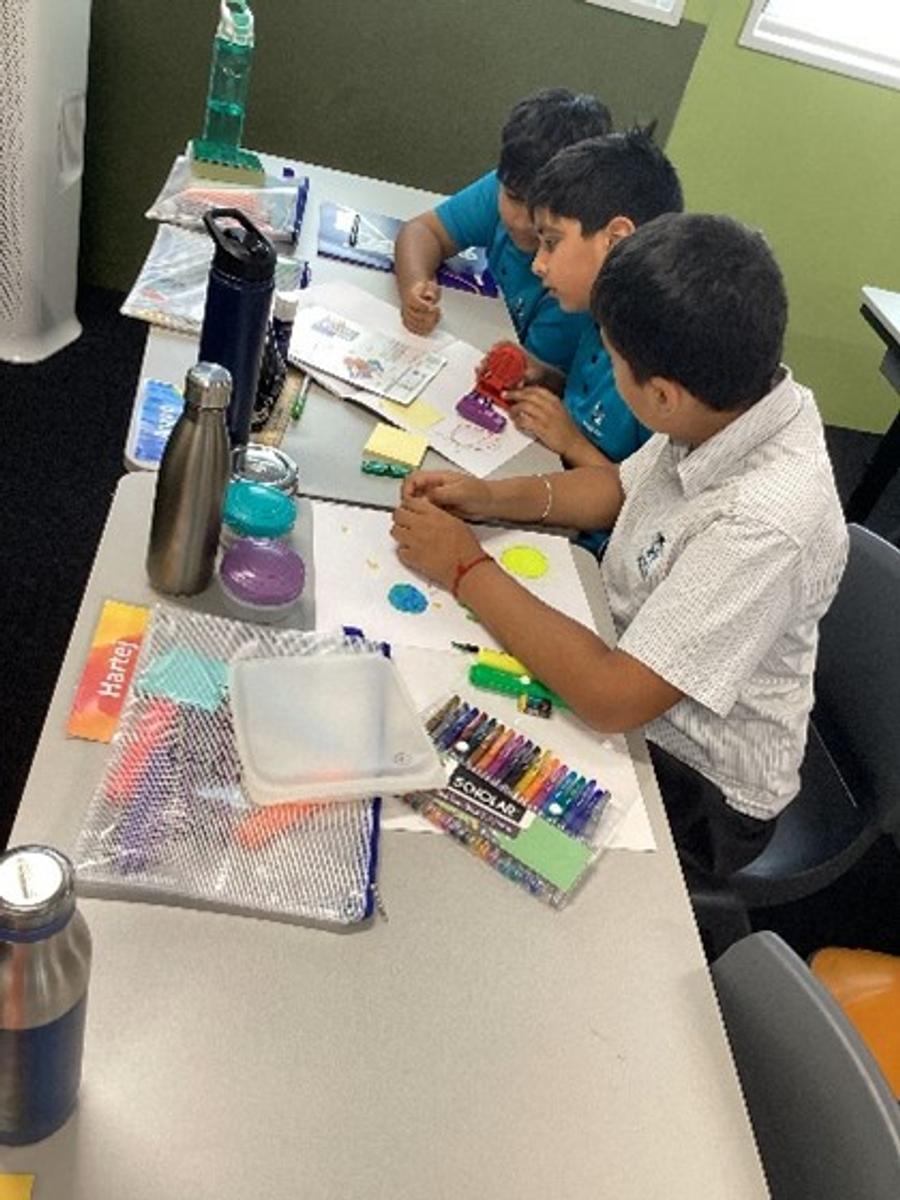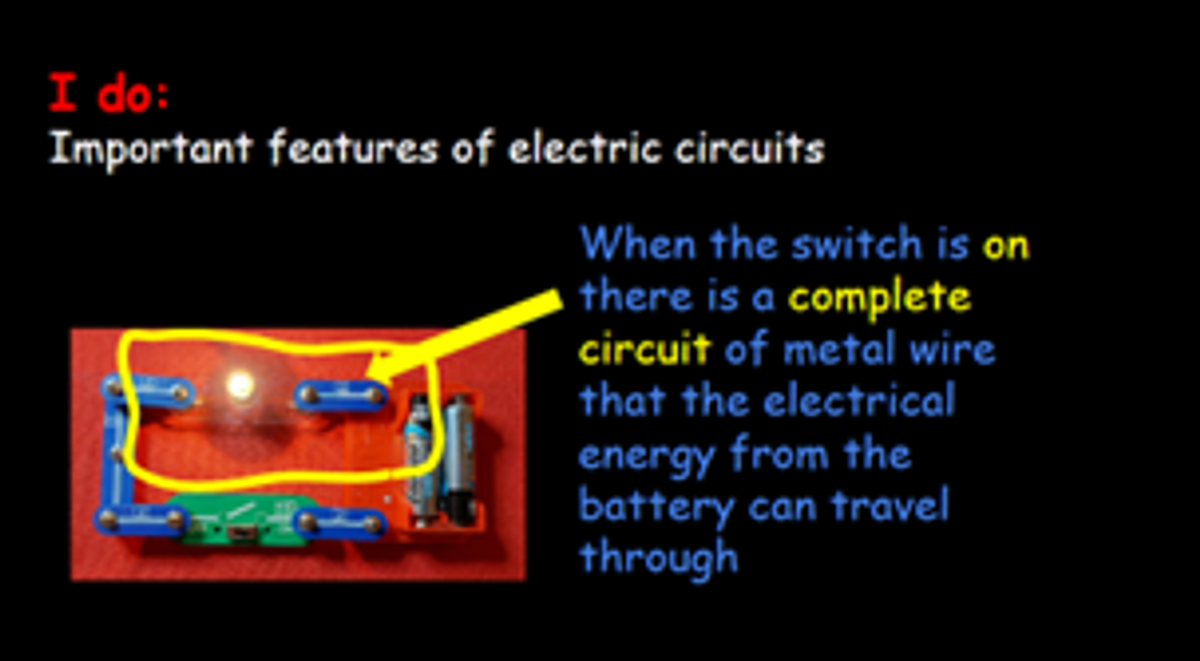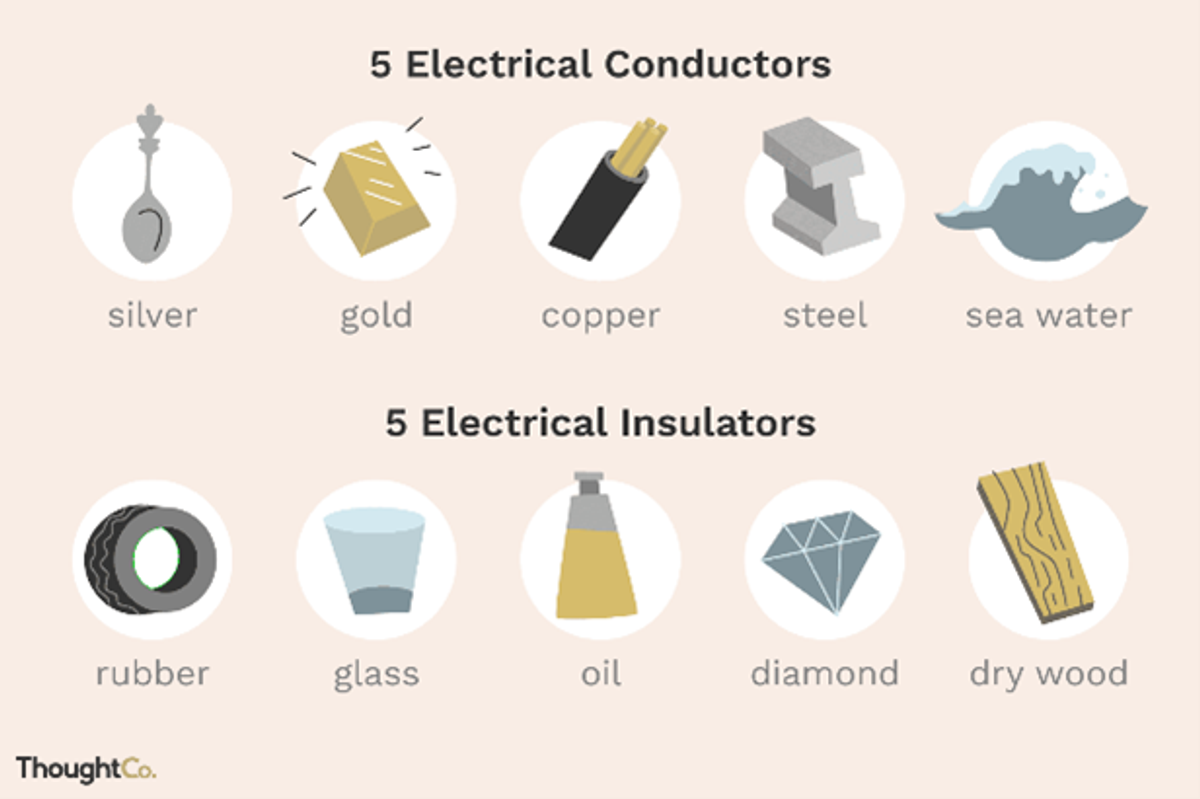STEM News
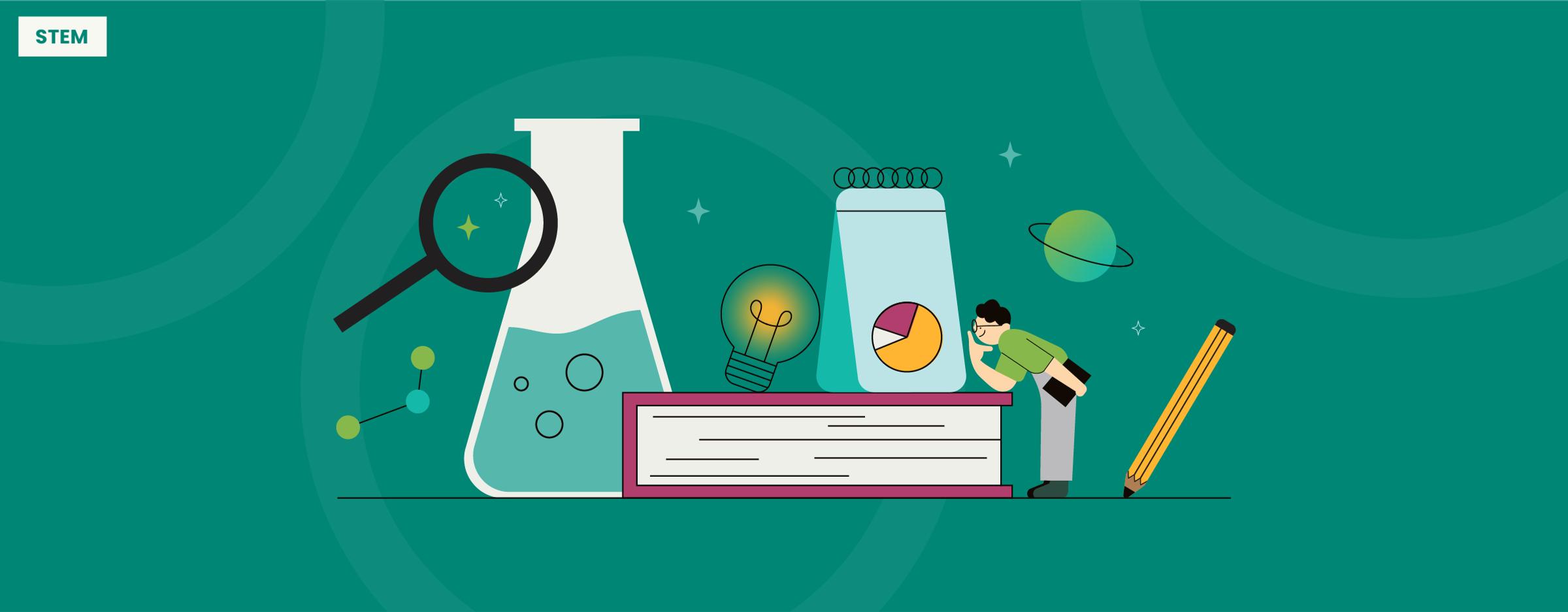
Prep Students
As our Prep students settle in to the school experience, they have also been discovering what STEM at TRPS looks like. Students will be exploring day and night and the seasons this term. In week 1 students practised the skill of scanning a QR code with the iPad. They then used the information they found online to correctly colour in either a Crimson Rosella or a Monarch Butterfly. In week 2 students used a coding app – Scratch Jnr – to create a scene that shows either day or night. This week they continued learning about the seasons by looking more closely at weather terms. In weeks 3 and 4 students identified clothing for different seasons and the changes in the landscape over the seasons.
Resources used in class:
Weather - https://www.youtube.com/watch?v=sn6GLgaTY0M
Day and Night - https://www.youtube.com/watch?v=gNDUPDtrkjQ
Seasons - https://www.youtube.com/watch?v=zQPjb2gQZIM
Grade 1 Students
Students in grade 1 are exploring Chemical science this term, specifically how we use different materials for different purposes, and how we combine and change materials. They practised the skill of using a search engine to find an answer, and scanning a QR code. This week they are learning about all the different materials that ‘things’ in our world are made from, like glass, wood, plastic and metal. In weeks 5 and 6 they explored how different materials can be joined together, and different joining techniques for paper.
Resources used in class:
Properties of materials - https://www.youtube.com/watch?v=340MmuY_osY&t=2s
Search engine for children - https://www.kiddle.co/
Joining paper techniques - https://www.youtube.com/watch?v=ikra60APh_8
Grade 2 Students
This term the focus for grade 2 is Earth’s resources and implications for a drop in the availability of these resources, like trees and water. Students have researched what deforestation is and how important rainforests are. They also read a story and discussed ocean pollution and how it affects humans. In weeks 5 and 6 students started the design process where they will design a water filter made from a plastic bottle.
Resources used in class:
Water game - https://pbskids.org/ruff/games/splash-dash
Earth resources - https://www.youtube.com/watch?v=TWeRLBtRjC8
Water pollution - https://www.youtube.com/watch?v=mRcKPpqeKx4
What is filtration? - https://www.youtube.com/watch?v=WSdGxQBnhZU
Make a simple water filter - https://www.youtube.com/watch?v=H1ae2dIVsIw
Grade 3 students
Physical science is the focus for grade 3s, where so far they have identified different heat sources, like the sun, fire, friction and an iron. The distinguished these heat sources from things like a blanket or jumper, that just keep our body heat close to our bodies. Students have used a thermometer and graphed temperature change over time, in a bar graph. In weeks 4 and 5 students have explored heat transfer through conduction .
Resources used in class:
Interactive thermometer - https://www.mathsisfun.com/measure/thermometer.html
Heat transfer through conduction - https://www.clickview.net/primary/videos/6352599/conduction
Grade 4 students
Grade 4 students have been learning all about coastal erosion – what it is, where it occurs, why it occurs and why it’s a problem for humans. They watched a demonstration of coastal erosion in a mini landscape and predicted which prevention strategy would best protect the beach. This week students have been introduced to drought. They practised their table and graph drawing by plotting rainfall. In weeks 5 and 6 students started collaboratively designing a drought website. The researched how drought affects landscapes, people, animals and plants.
Resources used in class:
Coastal erosion in Australia - https://www.youtube.com/watch?v=rdvFWD2lIwA
Coastal erosion in the UK - https://iview.abc.net.au/video/ZW1569A008S00 (Go to the video called “Landslides”)
Drought in Australia - https://www.youtube.com/watch?v=NAuW3ko49HY
Drought - https://education.nationalgeographic.org/resource/droughts/
Grade 5 students
Grade 5 students have been looking at how animals are adapted to survive in their environments. They looked at how Australian animals such as echidnas, thorny devils, platypuses and emus are adapted to live in Australia. This week they carried out an investigation to see if blubber really does keep animals such as whales and polar bears warm. They made a prediction and analysed their results using evidence from the investigation. In weeks 5 and 6 students distinguished between structural and behavioural adaptations. Students used the app Numbers to create graphs and tables of data.
Resources used in class:
Animal adaptations - https://www.youtube.com/watch?v=fRX2JtKFUzk&t=1s
Animal adaptations 2 - https://www.youtube.com/watch?v=iq63QW8g7jI&t=2s
Grade 6 students
The students in Grade 6 have been learning about the different types of energy, such as kinetic energy, electrical energy, light energy and sound energy. They demonstrated how energy can be transferred from one place to another, or transformed into another type of energy, such as electrical energy to light or sound energy. They have also used scientific symbols to draw an electrical circuit. In week 5 and 6 students investigated materials that either conduct or insulate electricity.
